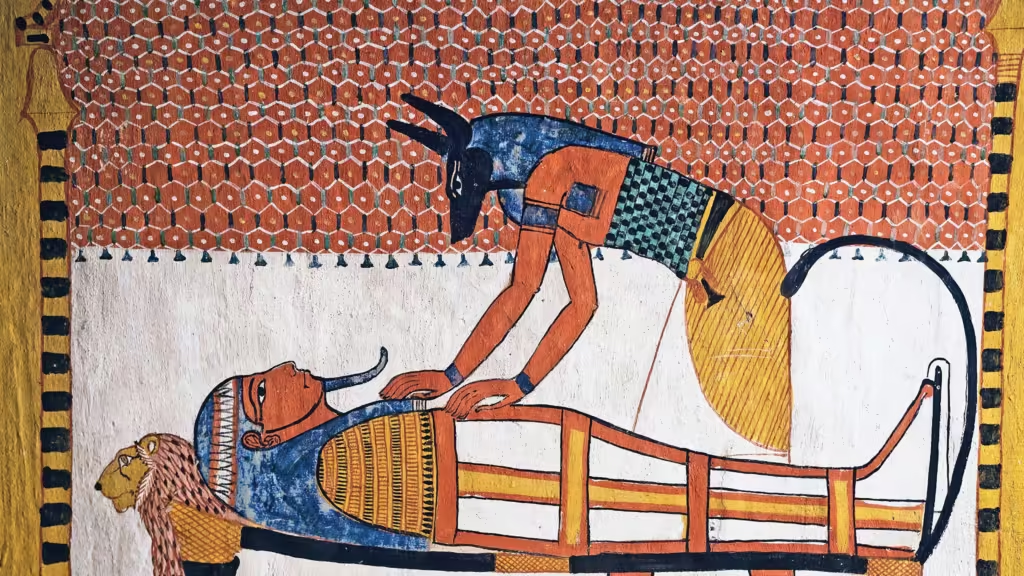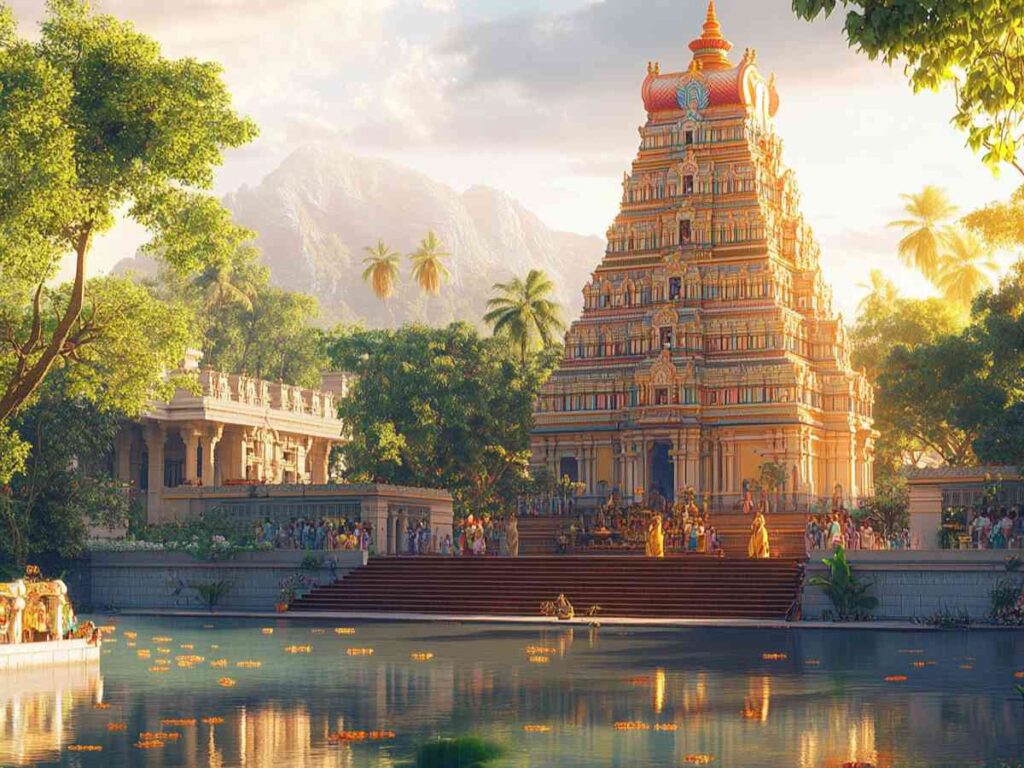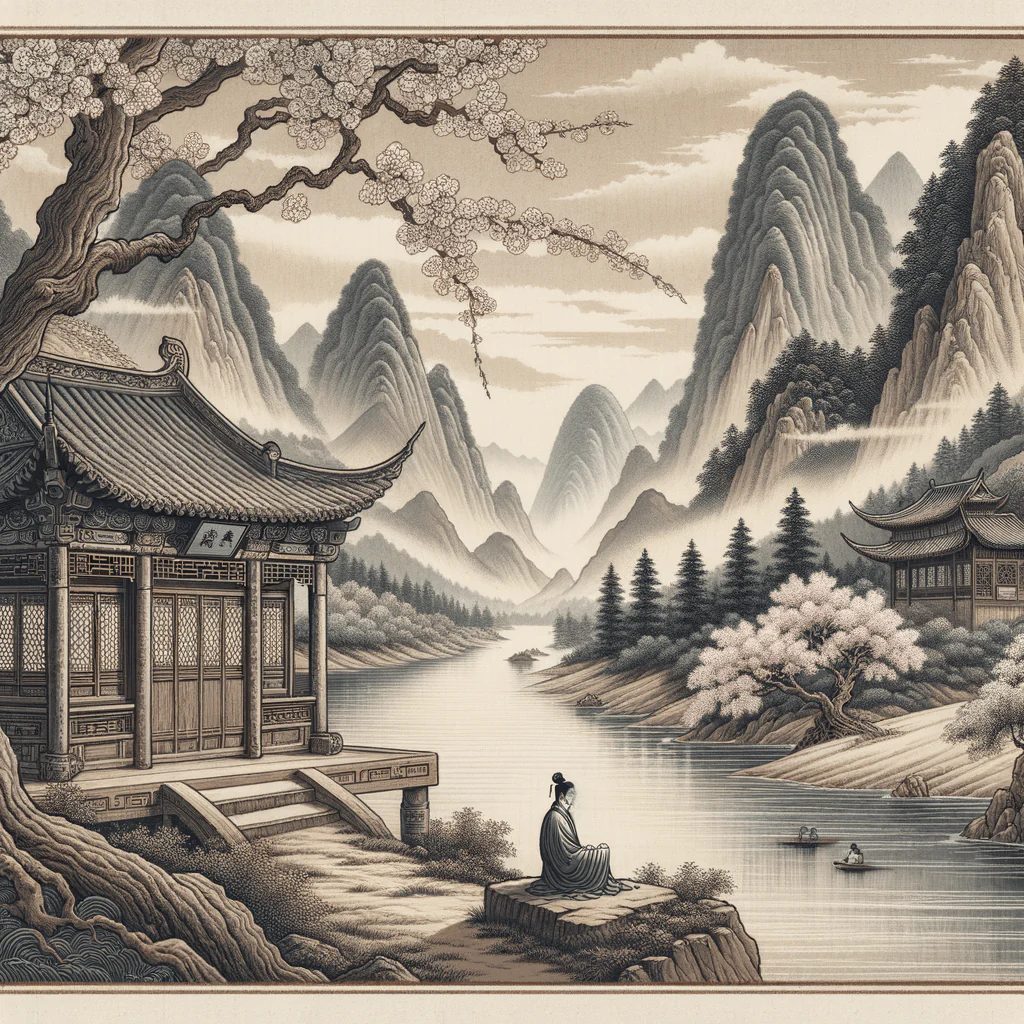
Fragrance has always been a universal language that transcends boundaries to connect people with memories, emotions, and spirituality. Across the globe, scents hold deep cultural significance, reflecting traditions and values. Let’s explore how different cultures celebrate, use, and revere fragrance.
Ancient Egypt: Scents of Divinity and Immortality
In ancient Egypt, scent marked divinity and luxury. Perfume was the link to the gods, which made it a vital part of daily and ritual life.
Religious Rituals
Myrrh and frankincense were reserved as temple offerings and associated with divine purity and presence.

Afterlife
Mummification centered on aromatic oils and resins for a safe journey into the afterlife. Bottles of perfume were used as ornaments in tombs, indicating riches and safety.
Status and Beauty
Aromatic perfumed oils blended with lotus and herbs were a beauty treatment for the elite, marking their status.
India: Spirituality and Sensory Bluss
India relates fragrance to its spirituality and cultural identity; for instance, in temple rituals and traditional attars.

Temple Deities
Sandalwood, jasmine, and rose incense constitute the core of most Hindu and Buddhist rituals as a form of invitation for divine sanctions and purifying the spaces around them.
Healing Aromas
According to Ayurveda, aromatherapy contributes to bodily balance through physical and mental recovery. Essential oils of lavender and eucalyptus ensure the balancing of body energies.
Artisan Attars
India’s traditional attars, made from roses or oud, are highly appreciated worldwide for their natural ingredients and intricate distillation techniques.
China: Harmony and Introspection
Fragrance in Chinese culture is associated with harmony and intellectual pursuits, often connected to philosophical and spiritual traditions.

Incense in Meditation
Incense burning is a symbol of heaven and earth connection, thus creating a serene environment for meditation and introspection.
Fragrant Accessories
Perfumed sachets filled with herbs and spices were worn to ward off evil spirits and promote health.
Festive Traditions
During the Dragon Boat Festival, aromatic sachets were used as talismans for protection, blending fragrance with cultural celebrations.
Middle East: The Birthplace of Perfumery
The Middle East has a rich history of perfumery, deeply embedded in its religious and cultural practices.
Religious Connections
In Islam, perfume represents purity and piety. Oud and musk are applied during prayers and are a spiritual representation.
Attars and Bakhoor
Attars are prepared through the steam distillation of natural materials, while bakhoor is aromatic incense. Attars and bakhoor play an important role in Middle Eastern hospitality and traditions.
Aromatic Traditions
Welcoming guests with bakhoor is considered to be a warm gesture of respect, which welcomes the guests.
Europe: Class and Sophistication
In Europe, perfume evolved from being a need to an art. It represents class and luxury.
Medieval Beginnings
The scents of herbs, including rosemary and lavender, had long masked stenches and were applied for purposes of disinfection.
During the Renaissance, the perfume world reached a peak with Italian and French dominance. Scents mixed style and perfumed gloves among the aristocracy.
The Contemporary Perfume House
Perfumery took the path to international glory through houses that developed French-style luxury and innovative blending during the 19th century in such places as Guerlain and Chanel.
Nature and Rituals: The Americas
Indigenous cultures in the Americas have an immense relationship with the natural world, as exemplified by the use of fragrances in rituals and healing.
Smudging Ceremonies
In the ritual of smudging, Native American tribes burn sage, cedar, or sweetgrass to purify energy and bring spiritual guidance.
Natural Remedies
Amazonian tribes apply copaiba and andiroba plants, known for their fragrant smell, to medicinal applications. It depicts how they hold a great reverence for nature.
Modern Influence
Ingredients such as vanilla from Mexico and vetiver from Haiti inspire the modern perfumery world by bridging the traditional with the contemporary.
Africa: Earthy and Exotic Aromas
Africa’s fragrant heritage is as varied as its landscapes, with unique scents and practices rooted in tradition.
Frankincense and Myrrh
Ethiopia and Somalia are famous for producing these resins, used in religious ceremonies and traditional medicine.
Scented Balms
In West Africa, shea butter infused with local herbs is used for skincare and rituals, combining practicality with cultural significance.
Celebratory Scents
Fragrance enhances African festivals, adding sensory depth to weddings, dances, and rites of passage.
Fragrance as a Universal Language
Despite cultural differences, fragrance unites people through its shared significance. It bridges the sacred and the everyday, the personal and the communal.
From ancient rituals to luxury today, perfume represents the best in human creativity and the timelessness of smell. The next time you wear your favorite perfume, remember the tapestry of cultures that made this happen. Fragrance is not just a product; it’s the celebration of a shared history for humanity and connection to the senses that transcend time and place.
This version carries a concise tone, optimized with readability and relevance, yet takes a humanizing approach to its content.
